If you’re relatively new to the points and miles world, you might be a bit hesitant to apply for new credit cards. Most of my friends and family members find it hard to believe that I have more than 15 active travel credit cards in my wallet and pay over $1,000 per year in annual fees.
Every week, I hear something like, “Aren’t you afraid that you’ll wreck your credit score?” While it’s true that card applications will temporarily lower your score due to the new hard inquiries on your profile, many other factors go into calculating a credit score.
Still, you want to ensure that any applications you submit have a high probability of being approved. After all, if an application is denied, you’re taking a hard inquiry on your credit report (and the resulting temporary drop in your score) without any upside.
Many top issuers have additional restrictions that make it harder to get approved for a new card and/or earn a welcome offer, so it’s important to know which bank has what rules before you apply.
While you can never guarantee that your application will be approved, you want to avoid wasting an application when you have no chance at success.
Related: How to apply for a credit card
Methodology
In this guide, I’ll explain the restrictions for these issuers: American Express, Bank of America, Barclays, Capital One, Chase, Citi and Wells Fargo.
For this analysis, I’ll look at three main factors to consider for each issuer as you plan your application strategy:
- Number of cards
- Number and timing of applications
- Welcome bonuses
Daily Newsletter
Reward your inbox with the TPG Daily newsletter
Join over 700,000 readers for breaking news, in-depth guides and exclusive deals from TPG’s experts
One disclaimer before diving in: Most of these restrictions aren’t considered hard-and-fast rules applicable to every scenario. I’ve heard stories of exceptions to just about every one.
You could completely ignore a restriction and still get approved and earn a welcome bonus, or you could follow every recommendation perfectly yet still get denied for a card. As the saying goes, your mileage may vary.
Related: The best credit card welcome bonuses this month
American Express
Number of cards
Amex has a five-credit-card limit for each individual, including personal and business cards. However, this doesn’t include cards with no preset spending limit.

However, I’ve read isolated reports of readers carrying more than five American Express credit cards at any one time.
Number and timing of applications
When it comes to American Express’ rules for how many applications you can have and how frequently you can submit them, again, there aren’t any published, hard-and-fast requirements. However, I did find several data points that may help you decide how to apply:
- You can apply for two cards in a single day. However, many reports indicate that at least one application will likely be put on hold as a fraud prevention mechanism, especially if you’re applying for two cards. Additionally, there’s no guarantee that those applications will be combined into a single hard inquiry on your credit report, although it does happen.
- You may be able to get approved for more than two cards in a 90-day period. However, most of these reports combined credit and pay-in-full cards without spending limits (formerly known as charge cards). As a result, the general rule of thumb is that you shouldn’t apply for three or more Amex credit cards within three months.
Welcome offers
Amex restricts cardmembers from earning a welcome offer more than once per lifetime, no matter how long it’s been since you applied. For example, here’s the specific language from the offer terms page for The Platinum Card® from American Express:
“You may not be eligible to receive a welcome offer if you have or have had this Card, the Platinum Card® from American Express Exclusively for Charles Schwab, the Platinum Card® from American Express Exclusively for Morgan Stanley or previous versions of these Cards.”
That sentence is crystal clear: If you currently have (or have had) this particular card, you are not eligible to earn the welcome offer.
Similar language appears on the application pages across Amex’s entire portfolio of cards, both business and personal. In certain instances, it even extends to previous versions of cards.
Amex also has welcome offer restrictions based on having cards within the same family. For example, if you hold the top-tier Amex Platinum, you won’t be eligible for the welcome offer on the mid-tier American Express® Gold Card, as it has language stating:
“You may not be eligible to receive a welcome offer if you have or have had this Card, the Premier Rewards Gold Card, the Platinum Card®, the Platinum Card® from American Express Exclusively for Charles Schwab, the Platinum Card® from American Express Exclusively for Morgan Stanley or previous versions of these Cards.”
You lose eligibility for future Amex welcome offers by carrying a card, not by earning the bonus on it. This is why you should always think twice about upgrading or downgrading an Amex card, especially if there’s no bonus attached.
Note: Personal and business versions of the same card are treated as separate, so you should be eligible to earn the welcome offer on each one once during your life.
The information for the Amex Platinum for Charles Schwab, Amex Platinum for Morgan Stanley and the Premium Rewards Gold has been collected independently by The Points Guy. The card details on this page have not been reviewed or provided by the card issuer.
Check your eligibility
American Express has a tool that allows you to double-check your eligibility for a welcome offer during the application process. Before officially applying for a card, Amex allows you to withdraw the application if you’re not eligible for the bonus so you can avoid having a hard inquiry on your credit report for a card you could not receive the welcome offer.
Additionally, Amex will occasionally target cardmembers for a product they’ve already had, allowing them to earn another welcome offer. Just read the fine print of these targeted offers to see if there’s “lifetime language” in the terms.
Related: Best American Express credit cards
Bank of America
Number of cards
Bank of America doesn’t have hard-and-fast rules regarding how many total cards you can have.
Previously, you could get approved for multiples of the same card in a very short time period. There are plenty of customers with Bank of America cards in the double digits.
Number and timing of applications
Bank of America has what’s known as the 2/3/4 rule, meaning:
- You can only get approved for two new cards in a 30-day period.
- You can only get approved for three new cards in a 12-month period.
- You can only get approved for four new cards in a 24-month period.
Data points indicate that this does not extend to business credit cards issued by the bank.
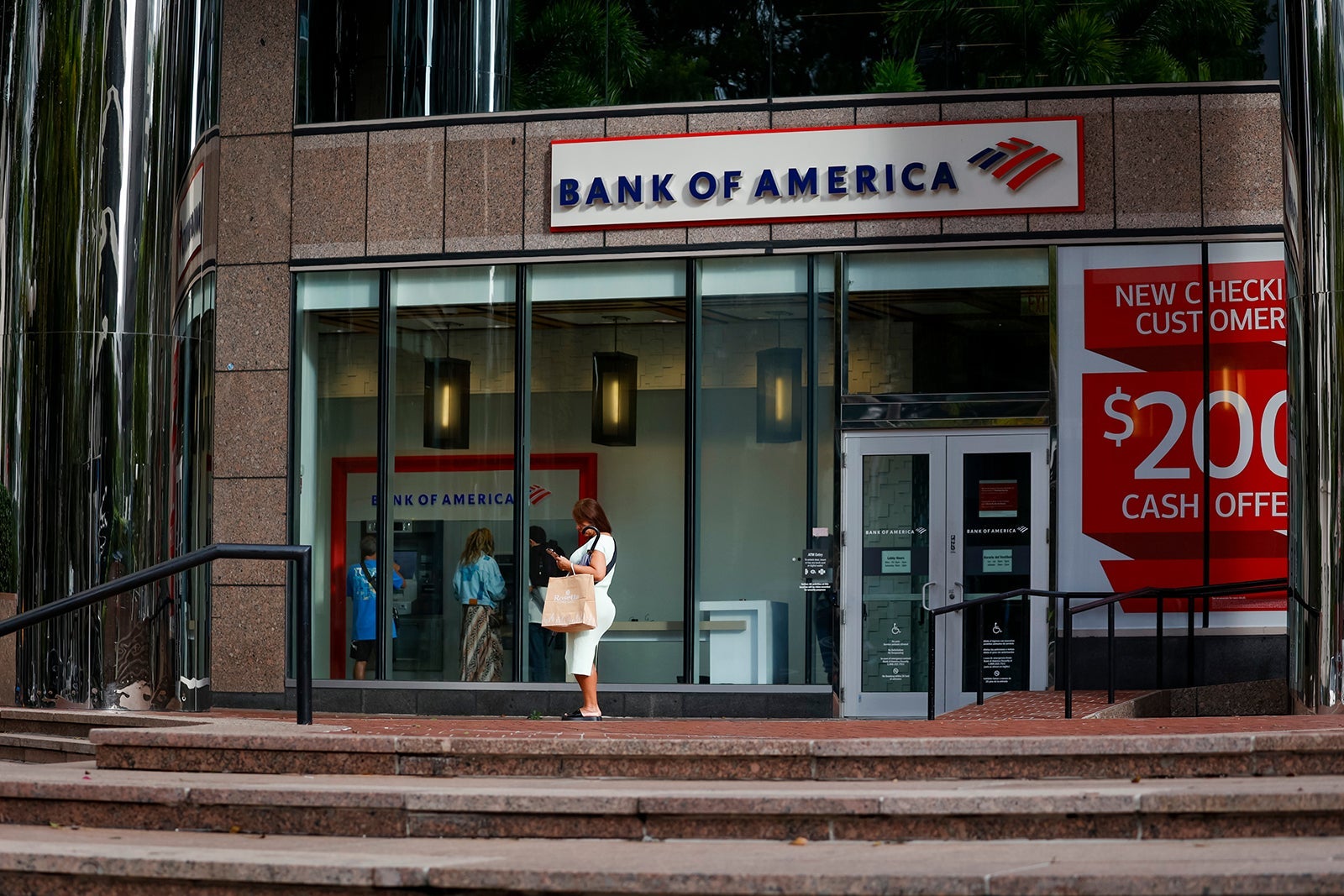
The bank may also still consider the total number of cards and hard inquiries you’ve had when it runs your credit, so you may get denied even if you fall below these thresholds.
Anecdotally, we’ve seen data points of further restrictions. Customers with a Bank of America deposit account may not be approved for new cards if they’ve opened seven cards (across all issuers) in the last 12 months, while customers without a deposit account will be rejected if they’ve opened three or more cards in the last 12 months.
Last but not least, Bank of America may restrict cardholders from opening a card if they currently carry it or have opened it at some point over the past 24 months.
Welcome bonuses
Once you overcome these restrictions and are approved, the bank has no published language restricting your welcome bonuses. You can earn a welcome bonus on the same card multiple times, as long as you’re approved for the card.
Related: Best Bank of America credit cards
Barclays
Number of cards
Barclays typically doesn’t limit the number of cards you have open with them at any one time. The bank will, however, consider your overall credit profile before approving you.
It seems that a large number of cards, a high number of hard inquiries or large balances may impact your chances of successfully opening a new card.
Number and timing of applications
Barclays can be extremely inquiry-sensitive, so I recommend being under 6/24 before applying for this card. In other words, you shouldn’t have opened more than five cards in the past 24 months before applying for a Barclays card.
Here are a few general rules of thumb to follow if you’re looking to apply for multiple cards issued by the bank in a short period of time:
- You likely won’t get approved for multiple applications on the same day, even if you call the reconsideration line.
- You need to cancel an existing card and wait six months before reapplying.
- Barclays has been known to look at prior spending on existing cards to determine approval for a new card. If you’re looking at a new one and currently have a card or two with the issuer and haven’t spent much (or anything), take it out of your sock drawer and use it for a few months before applying.
Again, these aren’t concrete rules but are instead general guidelines to follow.
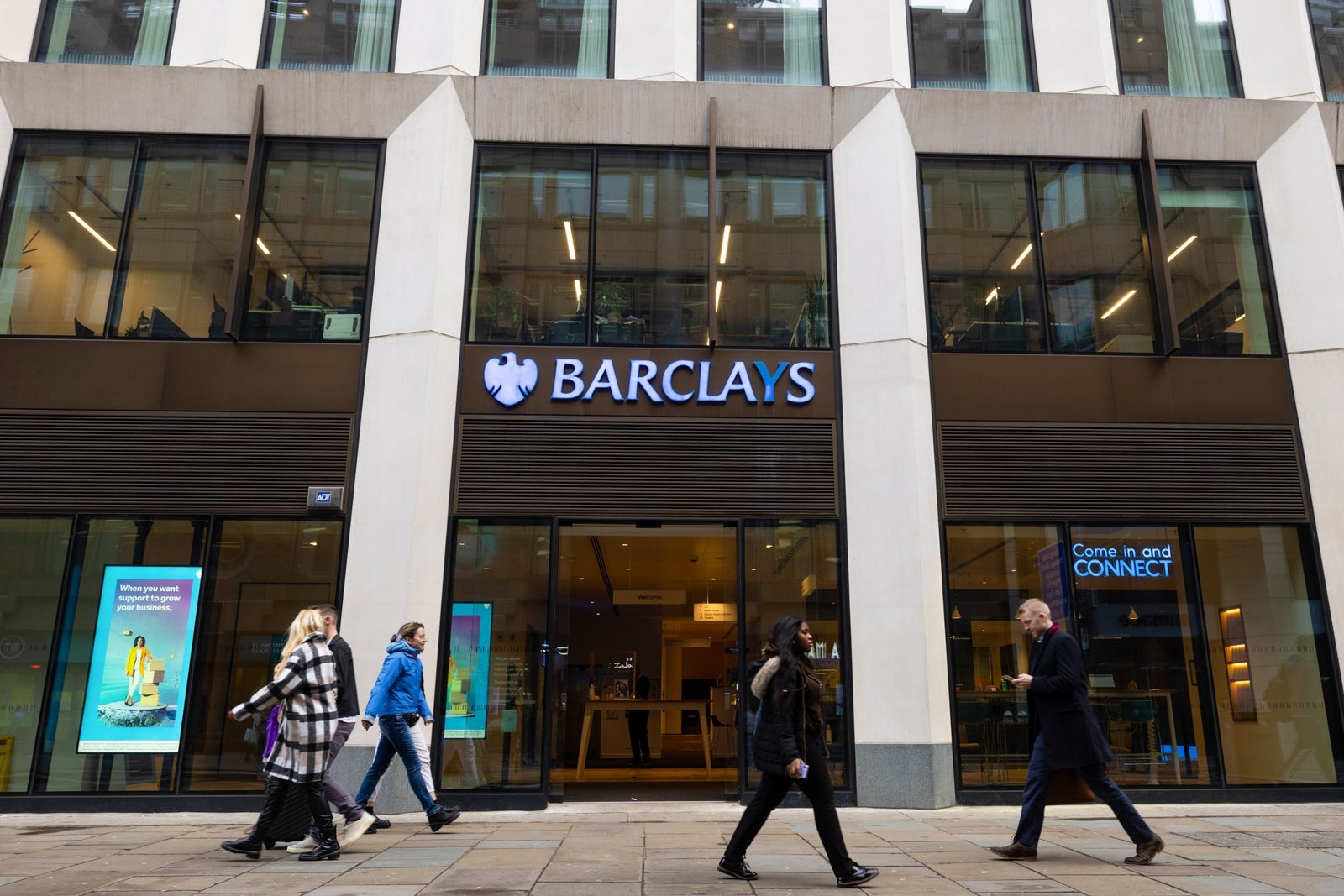
Welcome bonuses
When it comes to bonuses, Barclays typically hasn’t prevented you from earning the welcome bonus on a card multiple times, as long as you close the card first and then wait to apply (generally six months). However, the issuer does have a couple of notable items in the terms and conditions of popular cards, such as the JetBlue Plus Card:
“You may not be eligible for this offer if you currently have or previously had an account with us in this program. In addition, you may not be eligible for this offer if, at any time during our relationship with you, we have cause, as determined by us in our sole discretion, to suspect that the account is being obtained or will be used for abusive or gaming activity (such as, but not limited to, obtaining or using the account to maximize rewards earned in a manner that is not consistent with typical consumer activity and/or multiple credit card account applications/openings).”
The vague wording here means, in a worst-case scenario, you could be approved for a new card as a previous cardholder, meet the minimum spending threshold and miss out on a welcome bonus if Barclays decides you’re ineligible for any of the above reasons.
The information for the JetBlue Plus Card has been collected independently by The Points Guy. The card details on this page have not been reviewed or provided by the card issuer.
Related: Best Barclays credit cards
Capital One
Number of cards
Capital One does not provide official information on the number of cards you can hold with the issuer, but data points suggest that the limit might be five cards.
Number and timing of applications
Capital One also has a hard-and-fast rule when timing your applications. You’re only able to get approved for one card every six months. This lumps personal and small-business cards together.
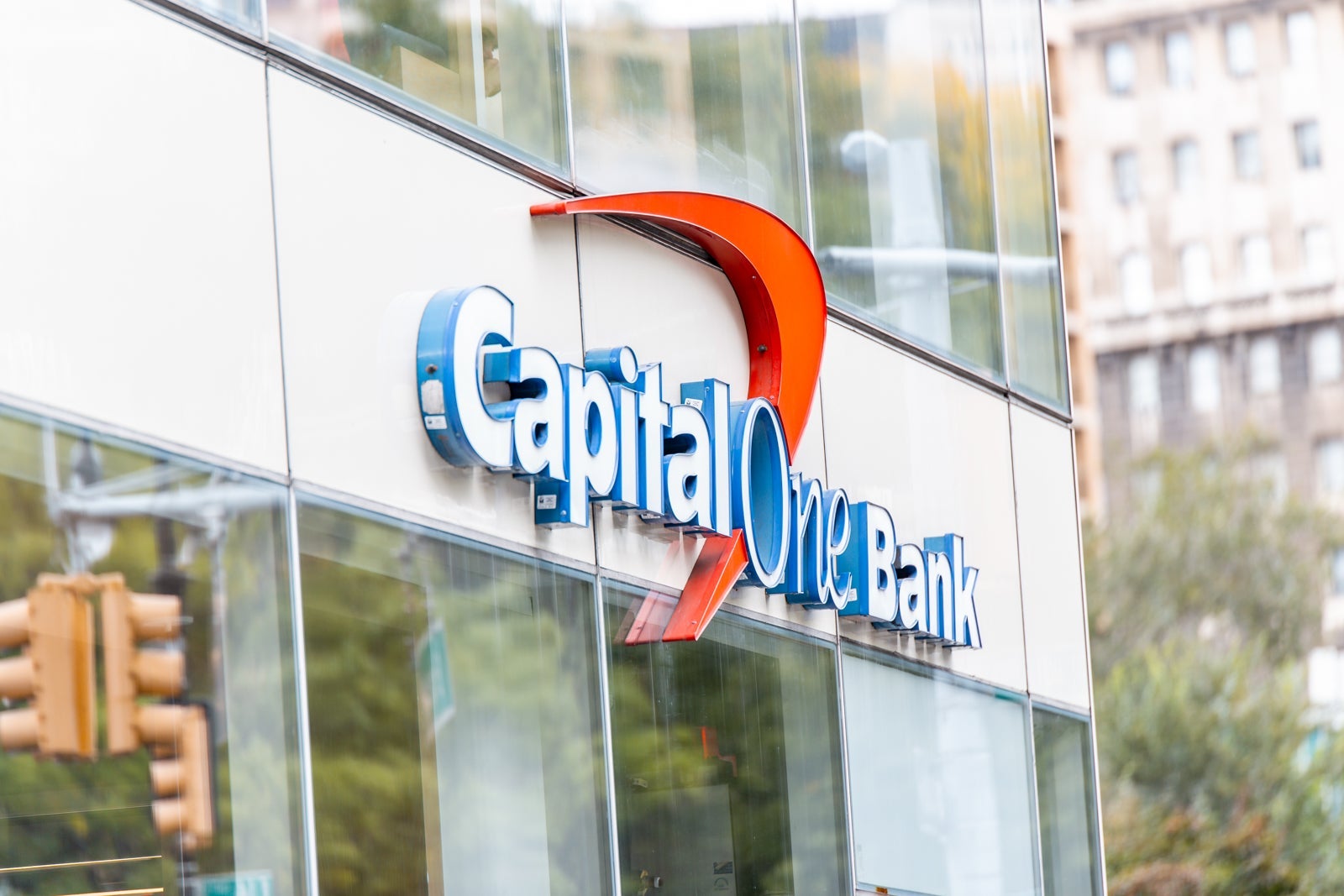
Capital One is also incredibly sensitive to recent inquiries. Many people (myself included) have received multiple rejection letters for the Capital One Venture Rewards Credit Card despite a nearly perfect credit score.
Welcome bonuses
The issuer has been known to award welcome bonuses multiple times on the same card if you follow the above rules and are approved. However, like Barclays, I see some language on the website for some Capital One cards that gives the issuer the right not to award the bonus. Here’s the specific language on the Capital One Venture Rewards card application page:
“Existing or previous cardmembers are not eligible for this product if they have received a new cardmember bonus for this product in the past 48 months.”
Related: Best Capital One credit cards
Chase
Number of cards
Chase doesn’t formally limit the number of credit cards you can have. I have seven Chase-issued cards; other TPG staffers have even more cards. As a result, it’s relatively safe to assume that Chase doesn’t put a hard ceiling on the number of cards you can have.
However, the issuer often restricts how much total credit is extended to you across all your Chase cards. For example, let’s say you have four Chase credit cards with $25,000 credit lines on each, and Chase has determined that you should only have a total credit limit of $100,000.
It’s unlikely that you’ll be approved for another credit card because you’ve reached your combined credit line of $100,000 across all your accounts.
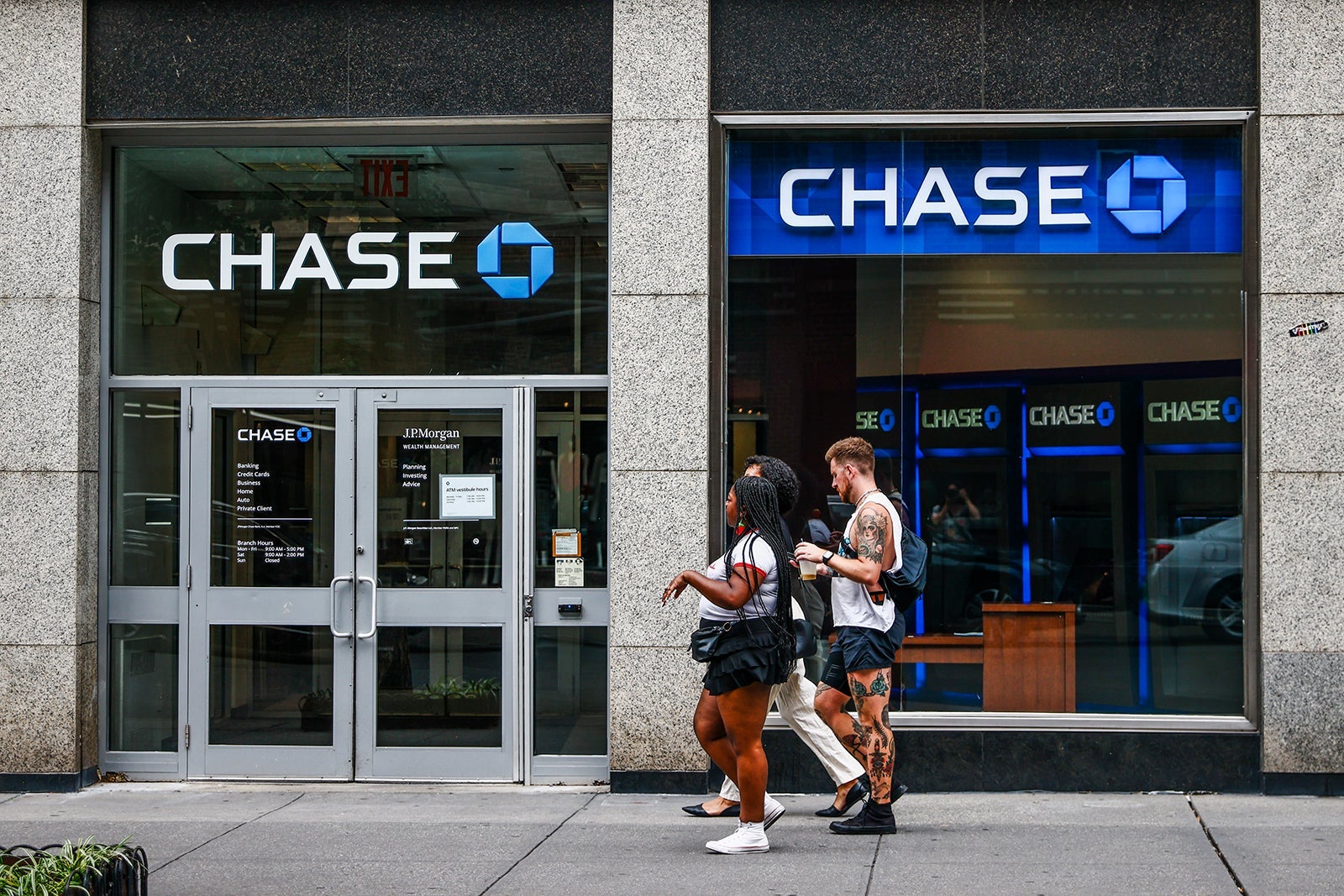
Fortunately, you can call Chase’s reconsideration line within a few days of your application and ask to have your credit lines shifted to get approved. You’ll then have five credit cards with the same $100,000 total credit.
Number and timing of applications
There isn’t a formal, consistent policy that limits the number or timing of your applications with Chase. The general rule of thumb is to limit applications to no more than one personal and one business card within 90 days. Still, I’ve read reports of applicants being approved for two personal cards in a month.
It’s also worth pausing to talk about risk tolerance here. Chase (and Amex) have been known to unilaterally close all accounts of users they deem high-risk or potentially fraudulent. Unfortunately, on paper, award travel enthusiasts who apply for multiple cards in a year can be mistaken for risky customers.
You might not want to rush through your applications with Chase, even if there’s a chance you can get approved for more cards in a shorter period. One common trend I’ve heard among Chase shutdown stories was a barrage of recent credit inquiries (across all issuers, including Chase) in the months leading up to the shutdown.
Chase 5/24 rule
Chase’s one hard-and-fast application rule is the 5/24 rule. If you’ve opened five or more credit cards with any issuer over the previous 24 months, you will likely be denied for most Chase-issued credit cards with little to no chance of reconsideration.
A few notes about this policy:
- Chase will look at all accounts across all issuers (not just its own).
- While success isn’t guaranteed, you may be able to get around the 5/24 rule if you’re just an authorized user on any of your “new” accounts from the previous two years. A few years back, TPG senior editorial director Nick Ewen was getting immediately denied for a United℠ Explorer Card (see rates and fees). However, he successfully got a phone agent to reconsider his application because the fifth new account on his credit report at that time was actually his wife’s. Depending on personal circumstances, you might want to remove yourself as an authorized user and wait 30 to 60 days to apply so there’s a lower possibility of the system automatically rejecting you.
- Business cards generally don’t count. Even though you list your Social Security number when you apply for business cards, the accounts themselves sit on a separate business credit report and, as such, usually do not count against your 5/24 status. However, Chase generally takes your 5/24 count into consideration when you’re applying for one of its business cards.
Related: Want to open a new Chase card? Here’s how to calculate your 5/24 standing
Welcome bonuses
Chase also imposes restrictions on earning welcome bonuses. In general, you won’t be able to earn a bonus on a Chase card if you currently hold that card or earned a welcome bonus on that exact card in the last 24 months.
Here’s the specific language on most Chase cards’ application pages. For example, the Chase Freedom Unlimited®’s page (see rates and fees) states:
“This product is not available to either (i) current cardmembers of this credit card, or (ii) previous cardmembers of this credit card who received a new cardmember bonus for this credit card within the last 24 months.”
So, you must cancel or downgrade a card before reapplying for it. The 24-month waiting period starts when you receive the bonus, not when you cancel the card.
It’s also worth noting that some slight variations to this policy apply to specific cards:
- Sapphire cards: The welcome bonus rules on Sapphire cards recently changed. You may not be eligible for a Sapphire bonus if you currently hold one of the Sapphire cards. However, if you are no longer a Sapphire customer, you may be eligible for a bonus if you have not received a welcome offer from a particular Sapphire product. Additionally, if you received a Sapphire welcome bonus on a specific card in the past, if you reapply for that card, you will most likely not be eligible to receive another Sapphire welcome bonus on that particular product.
- Southwest Airlines cards: You cannot earn a Southwest personal card bonus if you’ve earned one in the past 24 months. This applies to the personal Southwest cards.
- Eligibility for all Marriott Bonvoy cards: Chase and American Express have teamed up to make it harder to be approved for Marriott credit cards. This means that not only are the Marriott Bonvoy Boundless® Credit Card (see rates and fees) and the Marriott Bonvoy Bold® Credit Card (see rates and fees) restricted by the 5/24 rule, but whether you have or have had any of the Amex Bonvoy cards also factors in. For more information on Marriott Bonvoy credit card eligibility, see this guide.
Related: Best Chase credit cards
Citi
Number of cards
Citi typically doesn’t limit your overall number of credit cards; instead, it limits your overall credit across all Citi cards. Once you’ve reached that tipping point, you’ll likely be given the “application pending” notice when you apply for a new card.
A quick call to Citi’s reconsideration line should help you get approved by moving some credit from another card to the new one.
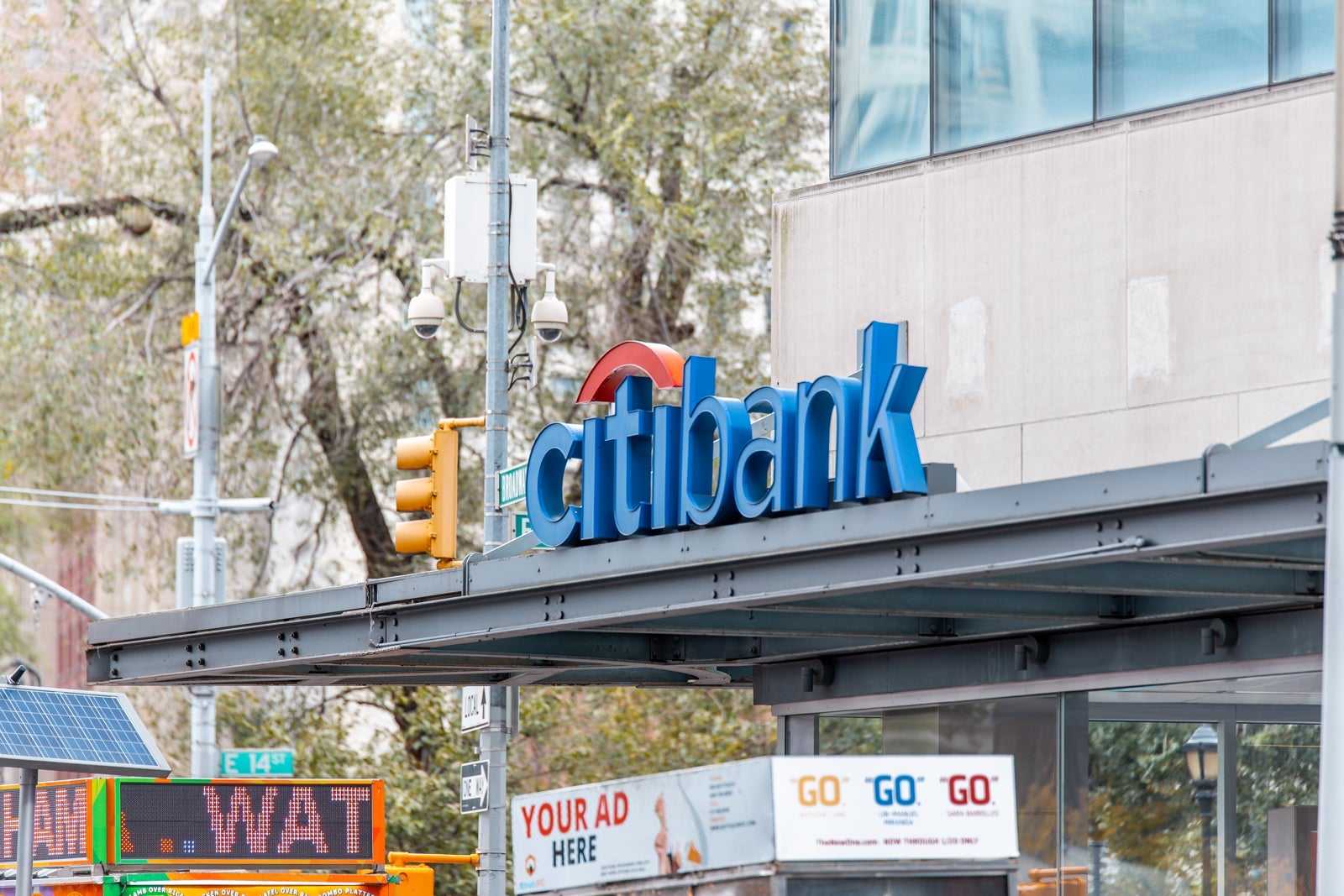
Citi is also known to be incredibly sensitive to recent inquiries, so after you’ve used up your 5/24 slots with Chase, you might consider applying for Citi cards.
Number and timing of applications
Citi has precise rules for how frequently you can apply for credit cards. There are slightly different rules for personal and business cards:
- You can only apply for one card (personal or business) every eight days and no more than two cards in a 65-day window.
- You can only apply for one business card every 90 days.
Yes, there are exceptions, but these are guidelines for the best results.
Citi 48-month rule
Citi is stricter with its credit cards than other issuers. On most of its cards, you’ll have to wait 48 months to earn the welcome bonus again. For example, here’s the language found on the Citi Strata Premier® Card (see rates and fees):
“Bonus ThankYou® Points are not available if you received a new account bonus for a Citi Premier® or Citi Strata Premier® account in the past 48 months or if you converted another Citi credit card account on which you earned a new account bonus in the last 48 months into a Citi Premier® or Citi Strata Premier® account.”
So, if you opened a Citi Premier Card (no longer available to new applicants) in June 2022 and earned the welcome bonus, then canceled the card in June 2023, you’ll have to wait until June 2026 to apply for the Citi Strata Premier and earn the bonus again.
The information for the Citi Premier card has been collected independently by The Points Guy. The card details on this page have not been reviewed or provided by the card issuer.
Related: Best Citi credit cards
Wells Fargo
Number of cards
Wells Fargo generally doesn’t limit the number of cards you can have, but the normal recommendations apply regarding your overall credit profile.
Number and timing of applications
We don’t have much data about the number of applications you can have with the bank. However, you can find this statement on the terms and conditions page for most Wells Fargo-issued cards:
“You may not qualify for an additional Wells Fargo-branded consumer credit card if you have opened a Wells Fargo-branded consumer credit card in the last 6 months.”

Once again, we encounter that vague “may not” language, which indicates that you could be denied a new Wells Fargo card if you have one with the bank that is less than 6 months old.
Wells Fargo can also be inquiry-sensitive. TPG credit cards editor Olivia Mittak was recently denied for a Wells Fargo card because she had opened too many new cards in the past 24 months. As a rule of thumb, it’s best to be under 5/24 before applying for a Wells Fargo card. This isn’t a specific rule, just a suggestion for raising your chances of approval.
Related: Best Wells Fargo cards
Bottom line
Travel credit cards are a great way to quickly add points and miles to your various loyalty account balances. Many carry a wealth of valuable perks in addition to an initial bonus.
Unfortunately, if you misunderstand the nuances of each issuer’s application restrictions, you could be left with a hard inquiry, a missed welcome bonus or, even worse, a hard inquiry with a flat-out denial.
While the policies above are a mix of “rules” and “guidelines,” I’d strongly encourage you to pay close attention to them as you plan out your next set of applications.
Related: How to choose the best credit card for you
Source link

















Add Comment